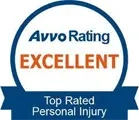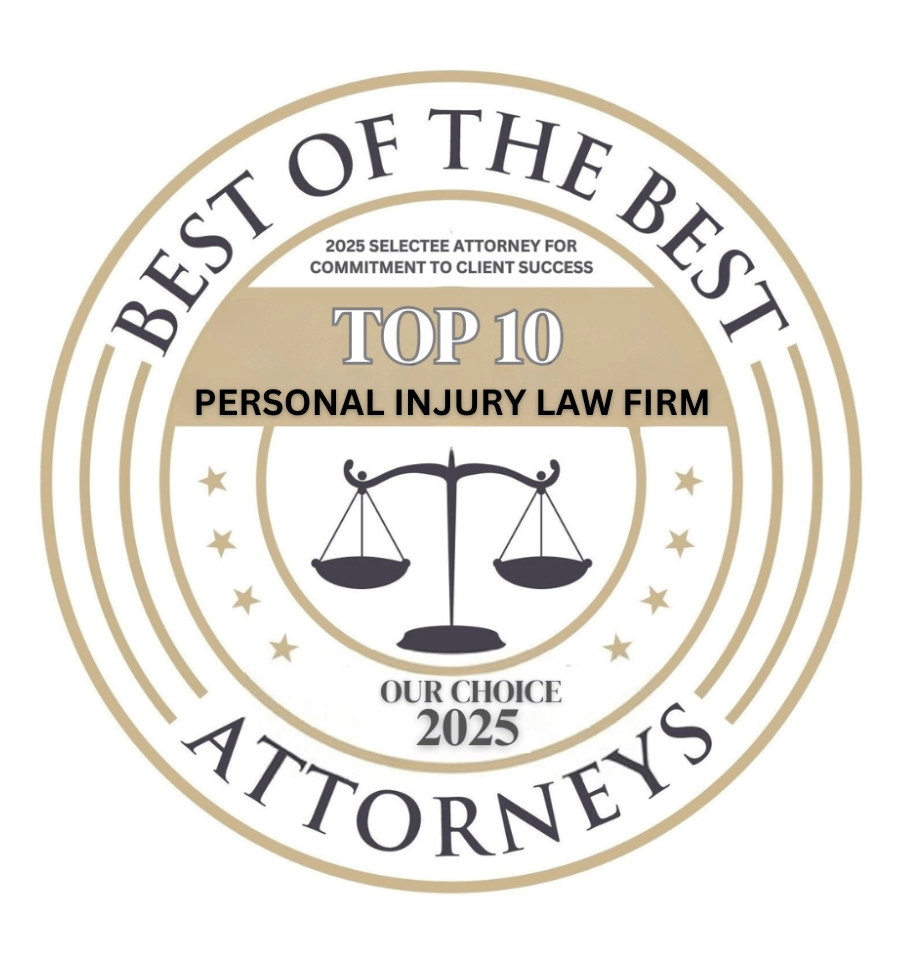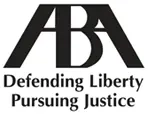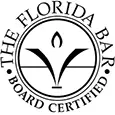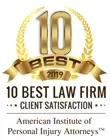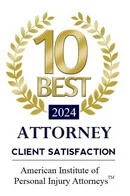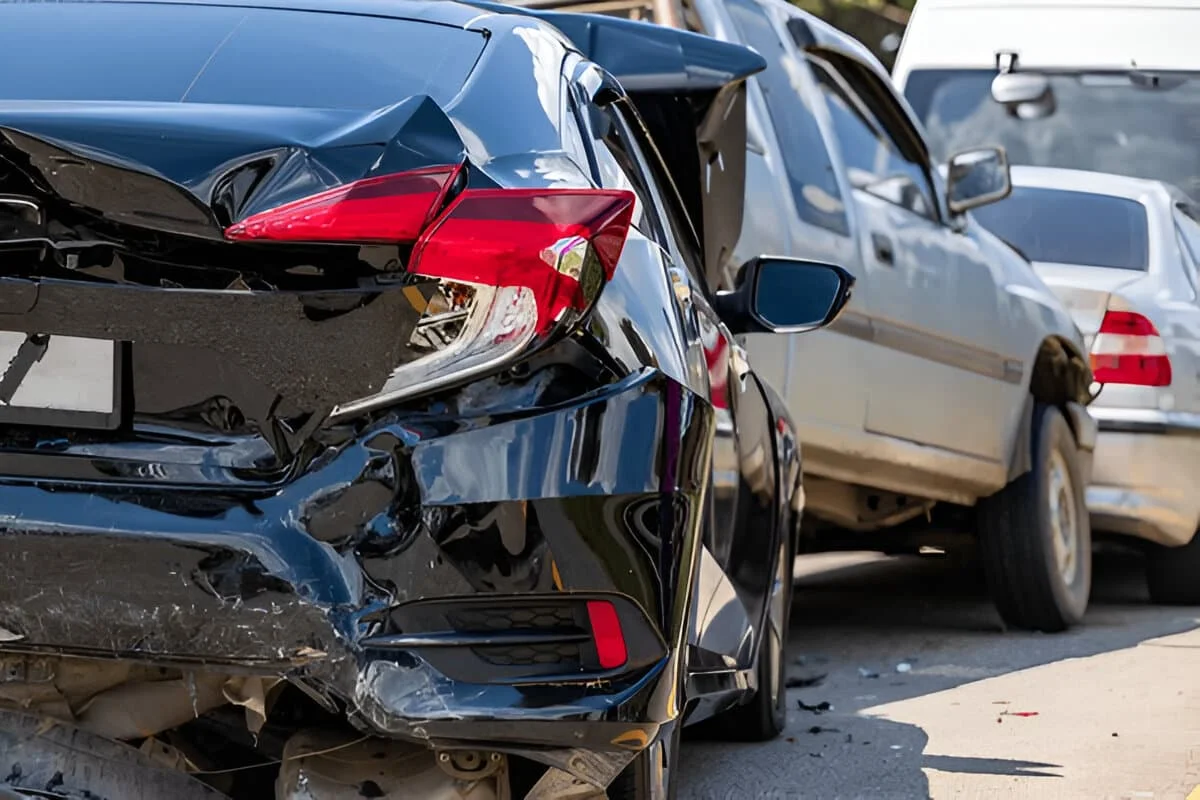
Are Intersection Accidents Always Caused by Running Red Lights?
It’s easy to assume that intersection accidents are always the result of someone running a red light, but that’s far from the full picture. While red-light violations certainly account for a fair share of these collisions, they’re just one piece of a much larger puzzle. The truth is, intersection crashes can be caused by a wide range of driver behaviors, visibility issues, traffic signal malfunctions, and even poor road design.
In cities like Tampa, Seattle, and North Port, where traffic congestion, unpredictable weather, and complex intersections are common, accidents can occur even when all signals appear to be functioning correctly. Left turns against oncoming traffic, misjudged yields, distracted drivers, and confusing signage all contribute to the high number of intersection-related crashes each year.
This article breaks down the many reasons why these collisions happen and why it’s important not to jump to conclusions about who’s at fault. Understanding the root causes can help you respond appropriately after a crash, especially when dealing with insurance claims or seeking legal help.
Let’s explore the factors that influence intersection accidents — and how legal experience can help clarify fault when things aren’t as straightforward as they seem.
Red Light Running: A Major Cause, But Not the Only One
There’s no doubt that running a red light is one of the most dangerous actions a driver can take. According to national crash data, thousands of intersection collisions each year are caused by drivers who ignore traffic signals. In busy areas like Seattle or Tampa, red-light running is especially risky due to high traffic volume and pedestrian activity.
However, despite how common this behavior is, it only tells part of the story. Many intersection accidents occur even when both drivers claim to have had a green light. Disputes often arise, and without clear evidence like traffic camera footage, fault can become a matter of interpretation or testimony.
In some cases, a driver may roll through a right turn on red without checking for oncoming vehicles. Others may accelerate on a stale yellow light, trying to beat the red. These situations blur the lines between a clear violation and aggressive or impatient driving.
The assumption that all intersection crashes stem from red-light running is not only inaccurate — it can also affect how insurance companies handle claims and liability. A thorough investigation is often required to determine the real cause, which is why legal guidance can be so valuable.
Left-Turn Accidents and Misjudged Gaps
Not all intersection crashes happen due to traffic signal violations. In fact, one of the most common — and dangerous — types of intersection collisions involves left-turning vehicles. These accidents often occur when a driver turns left at a green light or flashing yellow, believing they have enough time to safely cross in front of oncoming traffic.
Unfortunately, misjudging speed or distance can lead to a devastating crash. These types of accidents are frequently referred to as “T-bone” or broadside collisions, and they carry a high risk of serious injury. Unlike a rear-end crash, the side of a vehicle typically offers little protection, which puts drivers and passengers in greater danger.
These collisions often spark disputes about fault. The turning driver is typically considered at fault for failing to yield, but not always. If the oncoming driver was speeding, distracted, or ran a light, that can shift or share the liability.
In areas with high traffic congestion like North Port or Brandon, these left-turn crashes are all too common. Whether due to impatience, poor visibility, or signal confusion, they remain a significant contributor to intersection accident statistics — and should be taken just as seriously as red-light crashes.
Distracted Driving and Intersection Confusion
Modern intersections are complex, with dedicated turn lanes, bike boxes, pedestrian signals, and countdown timers. While these systems are designed to improve safety, they can also overwhelm drivers — especially those who are distracted. In fact, distracted driving is a leading contributor to intersection crashes, and it doesn’t always involve someone running a red.
A driver looking down at their phone, fiddling with the radio, or checking GPS may not see a light change, a stop sign, or even another car already entering the intersection. These split-second lapses in attention can cause broadside or rear-end collisions that are wrongly blamed on signal timing or road conditions.
In some cases, both drivers may be partially distracted, leading to confusion about who had the right of way. That can complicate claims and make it difficult to determine fault. In Washington and Florida — two states where comparative fault is recognized — even small errors in judgment can impact how much compensation a driver receives after a crash.
If a driver was even momentarily distracted, it could be the real reason behind an intersection accident — not the color of the traffic light. This is why proving distraction and gathering evidence early matters so much.
Unclear Signage and Poor Road Design
Not all intersection crashes are the result of driver error. In some cases, poor road design or confusing signage plays a major role. Drivers unfamiliar with an area might encounter oddly placed signs, poorly marked turn lanes, or signals obstructed by tree branches or faded paint — all of which can lead to hesitation or sudden moves at intersections.
In areas like Seattle and Tampa, older roads often haven’t been updated to handle current traffic volumes. Intersections might be too narrow, missing left-turn signals, or have limited visibility due to parked vehicles or poor lighting. In North Port or Brandon, where rapid growth has increased congestion, traffic infrastructure doesn’t always keep up.
When signage is inconsistent — for example, a missing yield sign or a signal that malfunctions — drivers can easily misinterpret who has the right of way. This often leads to side-impact or rear-end crashes that, at first glance, might look like a case of running a red light.
These types of factors can affect how liability is determined in an accident. If the city or county responsible for road maintenance failed to fix known issues, that could become a key part of a legal claim. These cases can be more complex, requiring legal support.
Weather Conditions and Reduced Visibility
Bad weather plays a major role in many intersection accidents — even when no traffic laws are broken. In heavy rain, fog, or nighttime conditions, visibility can be drastically reduced. A driver might fail to see a stoplight in time or misjudge another vehicle’s distance, leading to a collision despite otherwise careful driving.
In Florida, rainstorms can quickly turn a routine drive into a dangerous one. Slick roads increase stopping distances, and headlights reflecting off wet pavement can obscure road markings or traffic signals. In Washington, heavy fog or early sunsets during winter months often reduce visibility at intersections, especially in areas with few streetlights or aging traffic signals.
Drivers are expected to adjust their behavior to match the conditions — meaning slower speeds, longer following distances, and more caution at intersections. When someone fails to drive responsibly for the weather, they could still be found at fault, even if they didn’t technically break a traffic law.
Crashes that happen in poor weather are not always open-and-shut cases. Proving negligence may require photos, weather reports, and testimony. These are not situations where you can rely on assumptions — especially if you’re trying to recover compensation for injuries or damages.
Multiple Drivers May Share Fault
One of the more complicated aspects of intersection crashes is that more than one driver can be partially at fault. Not every accident is caused by a single, obvious mistake. In many cases, a combination of poor judgment, distraction, or speed from both drivers results in a collision.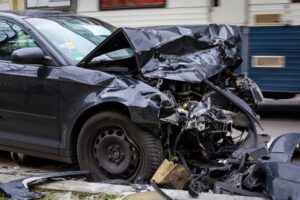
For example, a driver may run a yellow light at the same moment another vehicle turns left into the intersection. One might argue that the yellow-light driver was speeding, while the other didn’t yield appropriately. In states like Florida and Washington, this becomes a matter of comparative fault — meaning each driver’s percentage of responsibility is calculated, and any compensation awarded may be reduced accordingly.
Insurers are quick to argue that their policyholder wasn’t entirely to blame. They may claim the injured party contributed to the crash, even if that contribution was small. This is especially common in intersection collisions where both vehicles are moving and witnesses give conflicting stories.
Because multiple drivers may share fault, it’s important to document the scene as thoroughly as possible — take photos, speak to witnesses, and consult with an attorney. Your version of the story matters, and proving it could make all the difference in how your claim is resolved.
Common Injuries From Intersection Accidents
Intersection crashes — especially those involving side impacts — can lead to serious injuries, even at moderate speeds. T-bone accidents, for example, offer little protection for drivers or passengers on the side of impact. The force often transfers directly to the person’s body, increasing the risk of trauma.
Some of the most common injuries include:
- Whiplash and soft tissue damage
- Broken bones, particularly in the arms, ribs, or hips
- Head injuries, including concussions or traumatic brain injury (TBI)
- Spinal injuries, which may lead to long-term complications or paralysis
- Internal bleeding or damage to organs
Injuries like these aren’t always obvious at the scene. Adrenaline can mask pain, and some symptoms don’t show up for days. Even if you feel “fine,” it’s wise to get medical attention after a crash — not just for your health, but to document your condition.
Severe injuries can impact your ability to work, care for loved ones, or maintain your lifestyle. Medical records, witness statements, and crash reports all contribute to the strength of your legal claim. If someone else caused your injuries, you may be entitled to compensation. Legal help can ensure you’re not left to handle it alone.
Call Boohoff Law for a Free Consultation
If you were injured in an intersection accident — whether or not a red light was involved — you deserve to understand your options. Boohoff Law, P.A. has helped many injury victims in Washington and Florida recover the compensation they need to move forward.
Our team has the experience to handle intersection crash cases involving complex liability, disputed fault, or serious injuries. We’ll listen to your story, review the facts, and give you honest guidance on what to expect. If your case has merit, we’re prepared to stand by you and pursue fair compensation.
We offer free consultations, and you don’t pay unless we win. We’re available to talk by phone, video, or in person — and we can even come to you if needed.
Call (813) 445-8161 in Tampa, (813) 321-7878 in Brandon, (941) 888-0848 in North Port, or (877) 999-9999 in Seattle.
Frequently Asked Questions (FAQs)
What if both drivers blame each other in an intersection accident?
When fault is disputed, evidence becomes crucial — things like traffic cam footage, eyewitnesses, or black box data can help clarify what really happened. An attorney can help gather this information and negotiate with insurers.
Do I need to report the crash to the police if no one is injured?
Even in minor accidents, reporting is usually required by law if there’s significant property damage. A police report also serves as an objective account of the crash, which can support your claim later.
Can I still recover compensation if I was partially at fault?
In both Florida and Washington, you may still be eligible for compensation even if you shared some fault. The amount may be reduced based on your percentage of responsibility.
What if the traffic light was broken or missing?
Malfunctioning or missing traffic signals can shift liability to the local municipality or another third party. These cases are complex and require investigation to determine whether negligence played a role.
How long do I have to file a claim after an intersection crash?
Each state has its own statute of limitations. In Florida, you generally have two years from the date of the crash. In Washington, it’s three years. However, it’s best to act sooner while evidence is still fresh.


